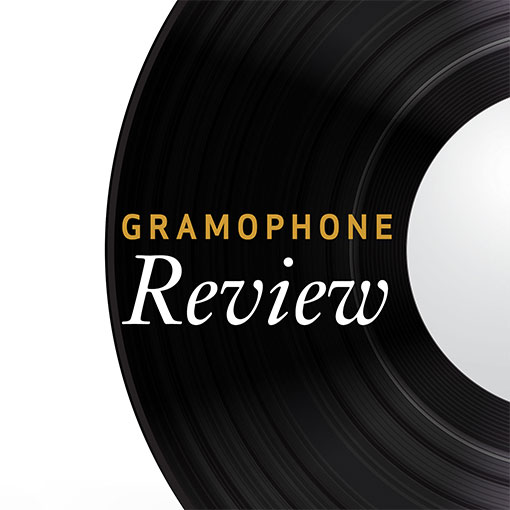Schumann: Symphonies
View record and artist detailsRecord and Artist Details
Composer or Director: Robert Schumann
Magazine Review Date: 3/1986
Media Format: CD or Download
Media Runtime: 0
Mastering:
DDD
Catalogue Number: 416 126-2PH2

Tracks:
| Composition | Artist Credit |
|---|---|
| Symphony No. 1, 'Spring' |
Robert Schumann, Composer
(Royal) Concertgebouw Orchestra, Amsterdam Bernard Haitink, Conductor Robert Schumann, Composer |
| Symphony No. 2 |
Robert Schumann, Composer
(Royal) Concertgebouw Orchestra, Amsterdam Bernard Haitink, Conductor Robert Schumann, Composer |
| Symphony No. 3, 'Rhenish' |
Robert Schumann, Composer
(Royal) Concertgebouw Orchestra, Amsterdam Bernard Haitink, Conductor Robert Schumann, Composer |
| Symphony No. 4 |
Robert Schumann, Composer
(Royal) Concertgebouw Orchestra, Amsterdam Bernard Haitink, Conductor Robert Schumann, Composer |
Author:
Number me amongst those who feel that Schumann was not really at ease in symphonic works and that his true talent, for a number of valid reasons, lay in writing for the piano. Against me is stacked the evidence that his four symphonies are, and have been, much recorded in the gramophone's history and have inititated as wide a diversity of critical opinion as there are versions. This is the first set to appear on CD, although one of the symphonies (the Rhenish, then coupled with the Manfred Overture) has already been issued and reviewed by TH in May 1984. All four are now placed in numerical order on to two CDs, playing for 69'26'' and 62'33'' respectively. The recording dates are spread over three years: No. 3 is in fact the oldest, taped in November 1981; No. 1 followed in February 1983, No. 2 in January 1984 and No. 4 in December of that year.
What emerges from listening to the group is the remarkable consistency of both Haitink's direction and Philips's technique, where there is really no clear aural guide to the passing years. At the same time it has to be said that, to me, none of these four recordings reaches the heights of achievement which the same performers in the same venue and recorded by the same team have scaled successfully in the past. Careful listening shows up a 'digital haze' on the Rhenish, which TH had also sensed and although this early digital problem had disappeared by the time the later recordings were made, the clarity, detail and persuasiveness we have heard so often from the Concertgebouw, have failed to appear. Certain sections are well heard, horns and woodwind in No. 1 and again, in No. 4; on the whole it is the texture of the fiddles which constitutes the biggest disappointment, although the usual warmth and solidity are provided by the cellos and basses.'
What emerges from listening to the group is the remarkable consistency of both Haitink's direction and Philips's technique, where there is really no clear aural guide to the passing years. At the same time it has to be said that, to me, none of these four recordings reaches the heights of achievement which the same performers in the same venue and recorded by the same team have scaled successfully in the past. Careful listening shows up a 'digital haze' on the Rhenish, which TH had also sensed and although this early digital problem had disappeared by the time the later recordings were made, the clarity, detail and persuasiveness we have heard so often from the Concertgebouw, have failed to appear. Certain sections are well heard, horns and woodwind in No. 1 and again, in No. 4; on the whole it is the texture of the fiddles which constitutes the biggest disappointment, although the usual warmth and solidity are provided by the cellos and basses.'
Discover the world's largest classical music catalogue with Presto Music.

Gramophone Digital Club
- Digital Edition
- Digital Archive
- Reviews Database
- Full website access
From £8.75 / month
Subscribe
Gramophone Full Club
- Print Edition
- Digital Edition
- Digital Archive
- Reviews Database
- Full website access
From £11.00 / month
Subscribe
If you are a library, university or other organisation that would be interested in an institutional subscription to Gramophone please click here for further information.





